Can I use the SFG method on a sloped garden?
ragtimegal
15 years ago
Related Stories
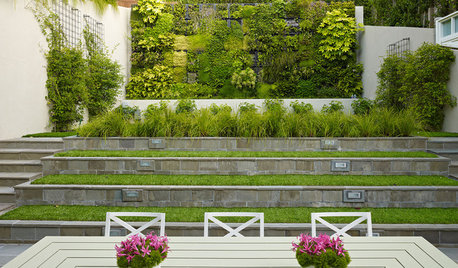
LANDSCAPE DESIGN11 Design Solutions for Sloping Backyards
Hit the garden slopes running with these bright ideas for terraces, zones, paths and more
Full Story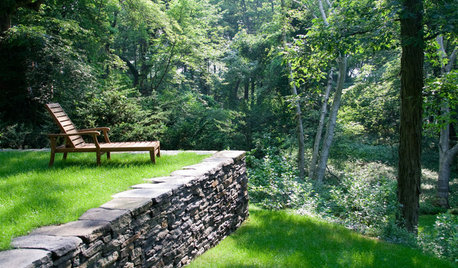
LANDSCAPE DESIGNWhat the Heck Is a Ha-Ha, and How Can It Help Your Garden?
Take cues from a historical garden feature to create security and borders without compromising a view
Full Story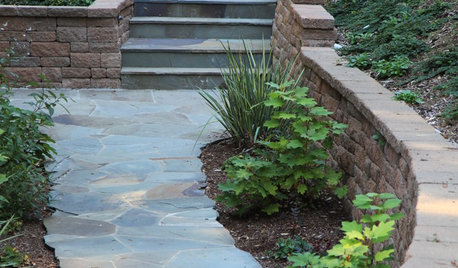
GARDENING AND LANDSCAPINGSteeply Beautiful Slope Retention
Don't let things slide or give in to sandbags and cement. These slope retention ideas will keep your landscape hitting the high notes
Full Story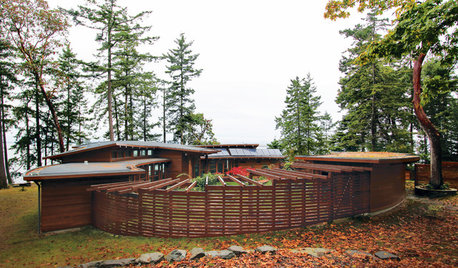
FENCES AND GATESA Deer Fence Can Be Decorative as Well as Protective
You need a monster-size fence to shelter your garden from deer, but it doesn’t have to look like a monstrosity
Full Story
LIFEThe Polite House: How Can I Kindly Get Party Guests to Use Coasters?
Here’s how to handle the age-old entertaining conundrum to protect your furniture — and friendships
Full Story
GARDENING GUIDESGreat Design Plant: Sunrose Dazzles on Dry Slopes
Abundant blooms and attractive foliage make this plant a welcome sight in sunny, well-drained spots
Full Story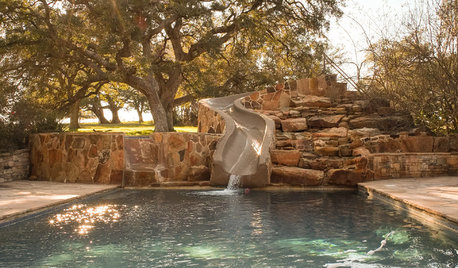
POOLSPool Slides: What's Possible, Who Can Build It and What It Will Cost
These slippery slopes will make a splash and offer an exhilarating ride that's the stuff of childhood dreams
Full Story
INSPIRING GARDENSWhat We Can Learn From Longwood Gardens’ New Meadow
Sustainability, ecology, native plant communities ... this public garden is brimming with lessons on horticulture for home gardeners
Full Story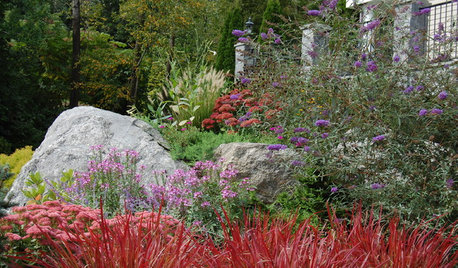
LANDSCAPE DESIGNHow to Design a Great Garden on a Sloped Lot
Get a designer's tips for turning a hillside yard into the beautiful garden you’ve been dreaming of
Full Story
GARDENING GUIDESYes, You Can Grow Food in a Shady Yard
Your shady garden doesn’t have to be forever barren. Berries, herbs and other shade-loving plants can produce a delicious bounty
Full StorySponsored
Columbus Area's Luxury Design Build Firm | 17x Best of Houzz Winner!






engineeredgarden
ragtimegalOriginal Author
Related Professionals
Windham Landscape Architects & Landscape Designers · Citrus Heights Landscape Architects & Landscape Designers · East Rancho Dominguez Landscape Architects & Landscape Designers · East Hanover Landscape Contractors · Fridley Landscape Contractors · Galt Landscape Contractors · Inglewood Landscape Contractors · Milford Mill Landscape Contractors · Oviedo Landscape Contractors · Salem Landscape Contractors · Waldorf Landscape Contractors · Bixby Fence Contractors · Fort Lauderdale Fence Contractors · Saint Louis Park Fence Contractors · Severna Park Fence Contractorsengineeredgarden
ragtimegalOriginal Author
gringojay
ragtimegalOriginal Author
Dan _Staley (5b Sunset 2B AHS 7)
engineeredgarden
ragtimegalOriginal Author
gringojay
engineeredgarden
ragtimegalOriginal Author
engineeredgarden
ragtimegalOriginal Author
engineeredgarden